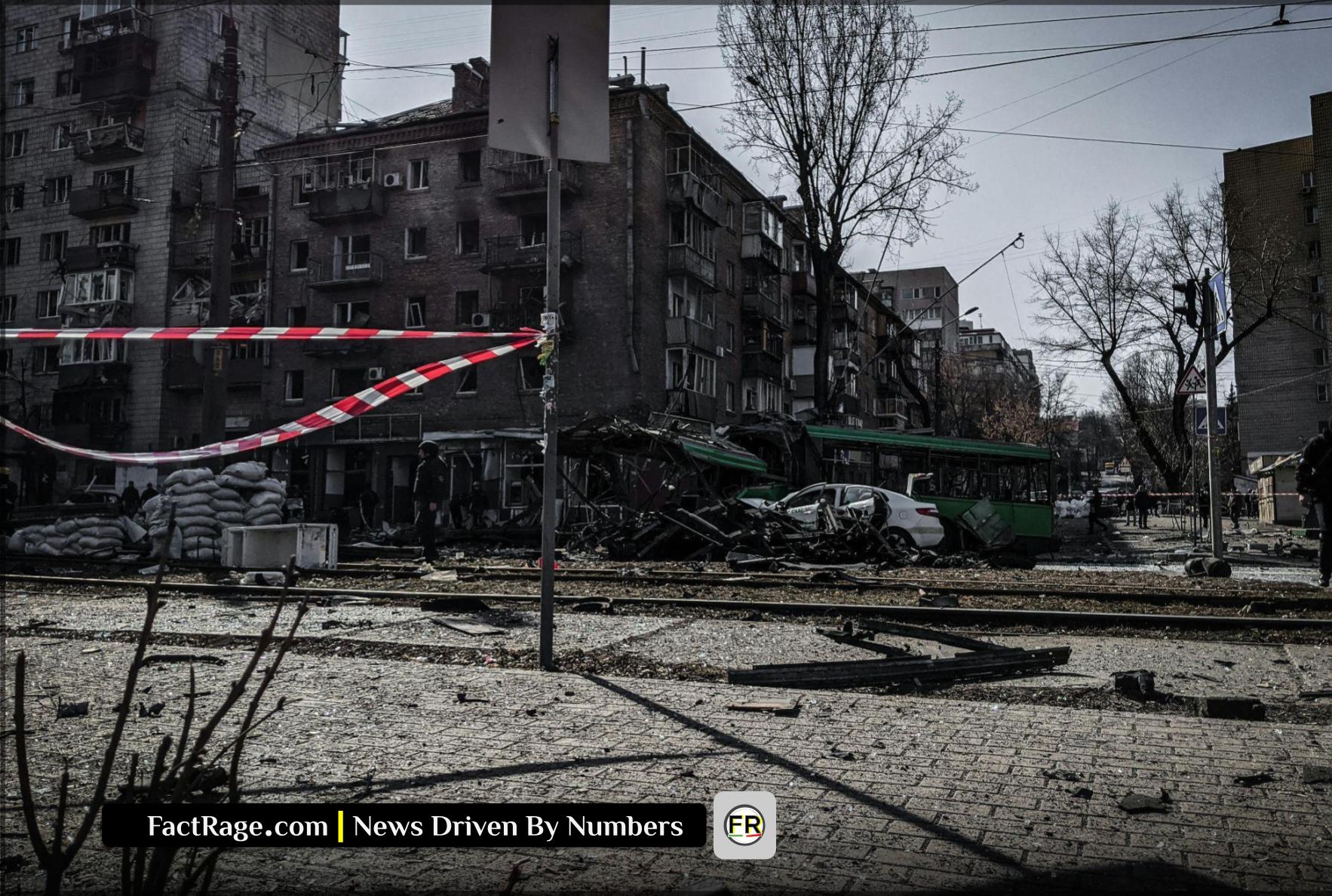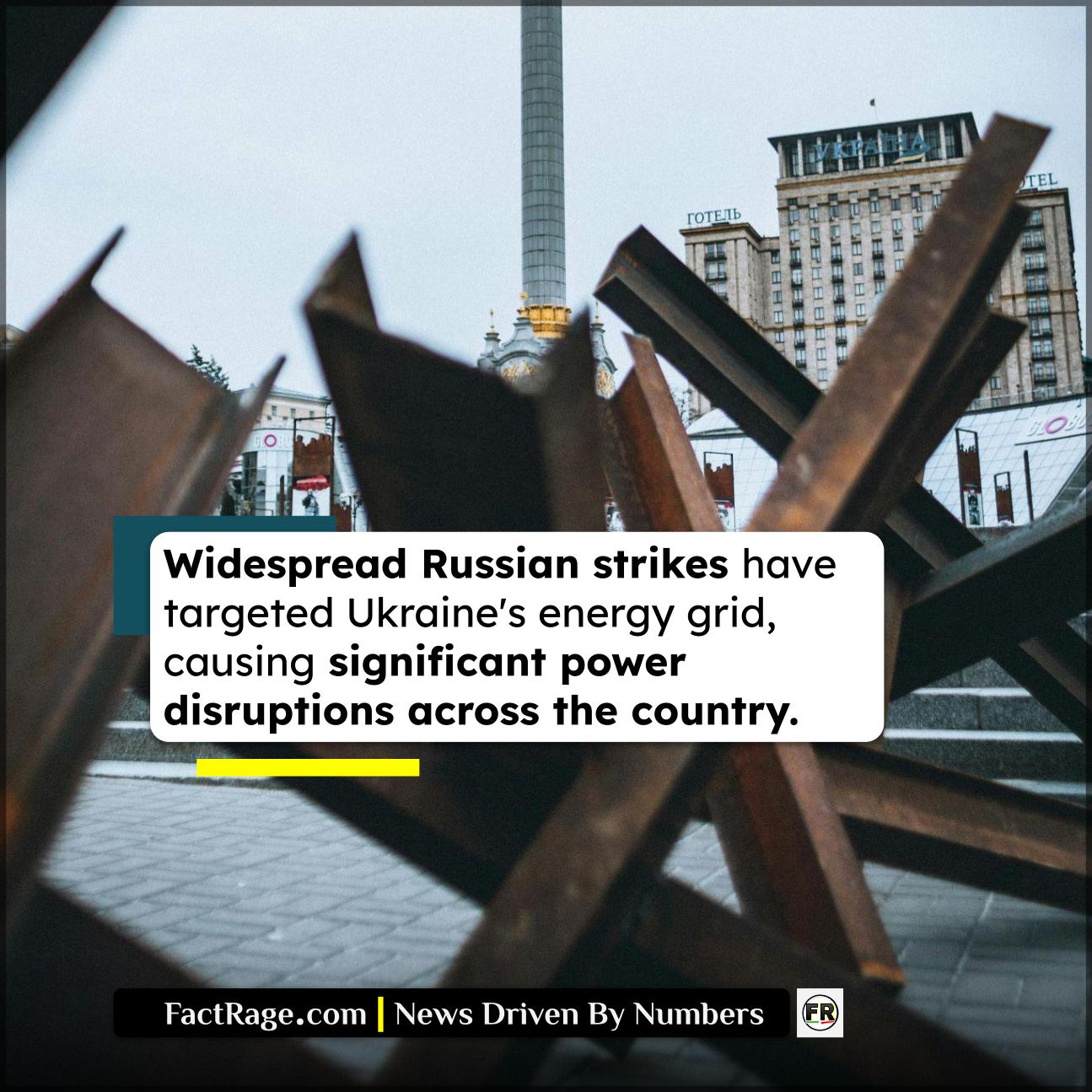KYIV, UKRAINE – Russian forces have launched a significant new ground offensive in Ukraine’s northeastern Kharkiv region, forcing Ukrainian troops to defend new lines as widespread missile and drone attacks continue to target the nation’s energy infrastructure.
- New Front Opened – Russia initiated a new cross-border ground assault into the Kharkiv region, reportedly capturing several villages and escalating fighting around the key town of Vovchansk.
- Energy Grid Under Fire – Intensified Russian airstrikes have targeted Ukraine’s power generation facilities, with Ukrainian officials reporting critical damage to thermal and hydroelectric plants, causing nationwide power outages.
- International Aid Arrives – The developments coincide with the arrival of newly approved military aid from the United States and other Western partners, which Ukraine is deploying to counter the renewed Russian pressure.
The recent escalation marks one of the most significant shifts on the battlefield in months, testing Ukraine’s defenses while its forces await the full impact of recently committed international military support.
Why the Kharkiv Offensive is a Major Development

Russian troops have pushed across the border into the Kharkiv region, initiating their most substantial ground operation in the area since the early stages of the full-scale invasion. According to reports from both Russian and Ukrainian sources, Russian units have secured control of several border settlements. The primary focus of the assault appears to be the creation of a “buffer zone” and to force Ukraine to divert military resources from other intense battlefronts, such as the one in the Donetsk region.
Ukrainian military officials have acknowledged the difficult situation, stating that reinforcements are being rushed to the region to stabilize the front lines. The fighting is particularly heavy near the town of Vovchansk, just a few miles from the Russian border. The key question analysts are watching is whether this offensive is a limited push to create a buffer or the start of a more ambitious effort to seize the city of Kharkiv.
What is the Impact of Attacks on Ukraine’s Power Grid?
In parallel with the ground assault, Russia has continued its campaign of long-range strikes against Ukraine’s critical infrastructure. Recent waves of attacks have focused heavily on energy facilities. According to Ukraine’s national energy operator, Ukrenergo, strikes have damaged thermal and hydroelectric power stations across the country.
Government officials in Ukraine have stated that these attacks have knocked out a significant portion of the country’s electricity generating capacity, leading to the implementation of rolling blackouts in numerous regions, including the capital, Kyiv. The systematic targeting raises concerns about the country’s ability to meet energy needs, particularly as it looks ahead to future seasons. The strategic goal appears to be to cripple Ukraine’s economy and logistics, in addition to impacting civilian life.
How is the World Responding to the Escalation?
The escalation has been met with condemnation from Western leaders, who have reaffirmed their support for Ukraine. The timing of the Kharkiv offensive is notable, as it began just as a long-delayed $61 billion aid package from the United States started to arrive in Ukraine. This includes much-needed artillery shells, air defense munitions, and other critical hardware.
U.S. and European officials have characterized the Russian offensive as an attempt to gain ground before the full weight of the new aid can be felt on the battlefield. Statements from NATO allies have emphasized the urgency of accelerating military support deliveries. Diplomatically, the focus remains on equipping Ukraine to defend its territory against the renewed and multi-front assault.














